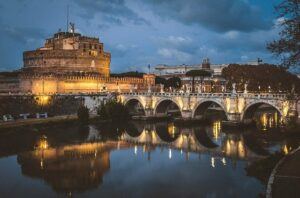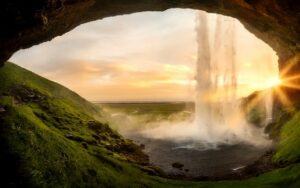Introduction
Drawing a world map can be a fascinating and educational activity that allows you to explore the different continents, countries, and oceans that make up our planet. Whether you are an aspiring cartographer or simply want to create a world map for fun, this article will guide you through the process step by step. From gathering the necessary materials to adding intricate details, let’s dive into the world of map drawing.
Gathering the Materials
Paper: Start by selecting a large sheet of paper to accommodate the size of the world map you wish to create. A high-quality drawing paper or poster board would be ideal for this purpose.
Pencils and Erasers: Use a range of pencils with different lead hardness, such as 2H, HB, and 2B, to achieve varying line weights. Additionally, have a good quality eraser handy to correct any mistakes.
Compass: A compass is essential for drawing accurate circles and arcs on your map. Make sure it is adjustable and has a sharp point.
Straightedge: A ruler or a T-square can help you draw straight lines and maintain proper alignment.
Outline the Continents
Begin by lightly sketching the basic shapes of the continents on your paper. You can refer to a reference map or use online resources to ensure accuracy. Start with larger landmasses like Africa, Asia, and the Americas, and then move on to smaller ones like Europe, Australia, and Antarctica. Use your compass to draw circular islands like Hawaii or the Galapagos.
Add the Oceans and Seas
Once you have outlined the continents, it’s time to depict the vast bodies of water that separate them. Use your straightedge to draw straight lines for the major oceans, such as the Pacific, Atlantic, Indian, and Arctic. For smaller bodies of water like the Mediterranean Sea or the Caribbean Sea, draw curved lines to represent their shapes.
Include Country Borders
Now that you have the continents and oceans in place, it’s time to add the borders of individual countries. This step requires attention to detail and accuracy. You can use a reference map or online resources to guide you in drawing the borders correctly. Start with larger countries and gradually work your way down to smaller ones.
Label the Countries and Capitals
To make your world map informative, label each country with its name and add the respective capital city as well. You can use a smaller font size for country names and a slightly larger one for capital cities. This step adds educational value to your map and makes it more useful as a reference tool.
Add Geographic Features
To enhance the visual appeal of your world map, consider adding geographic features such as mountain ranges, rivers, and deserts. Research the major mountain ranges like the Himalayas, Andes, or Alps, and draw them as jagged lines. Use curved lines to represent rivers and dotted lines to indicate deserts.
Color and Shade
Once you have completed the outline and added all the necessary details, you can bring your world map to life by adding color and shading. Use colored pencils, markers, or watercolors to fill in the countries, oceans, and geographic features. Consider using different shades of green for land areas, various shades of blue for water bodies, and appropriate colors for mountains, rivers, and deserts.
Conclusion
Drawing a world map can be a rewarding experience that allows you to explore the world’s geography while enhancing your artistic skills. By following the steps outlined in this article, you can create a detailed and accurate representation of our planet. Remember to take your time, pay attention to details, and enjoy the process of bringing the world to paper.
References
– National Geographic: www.nationalgeographic.com
– Britannica: www.britannica.com
– World Atlas: www.worldatlas.com






